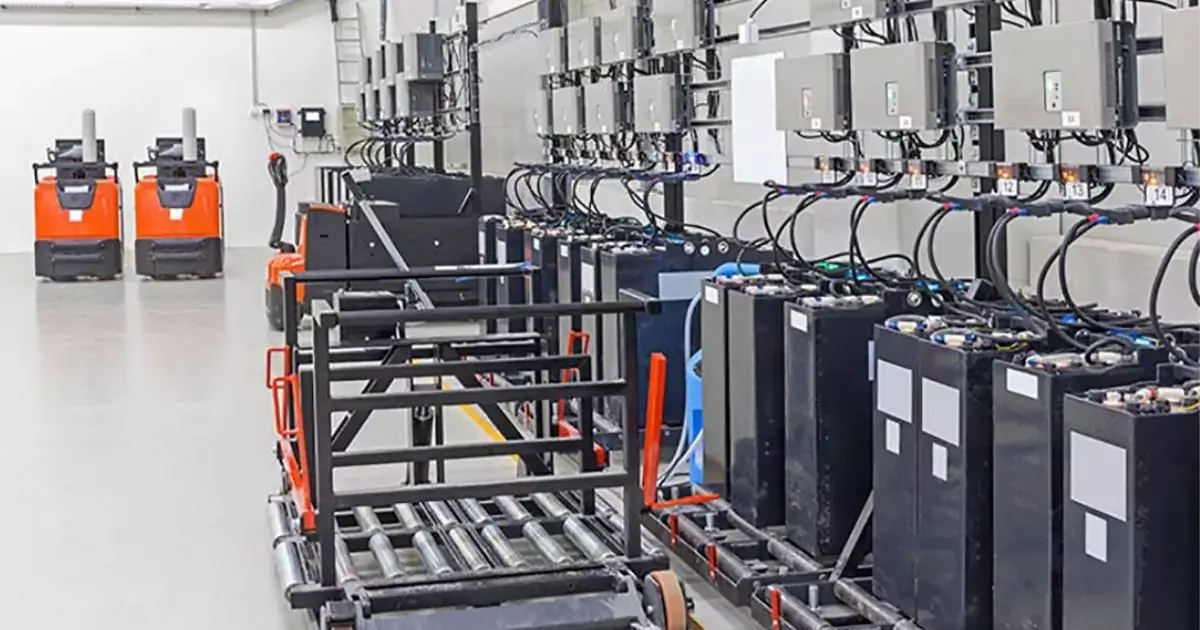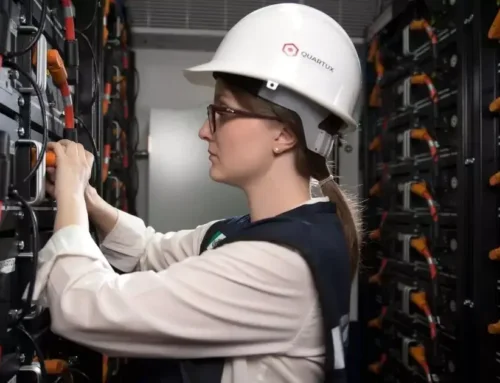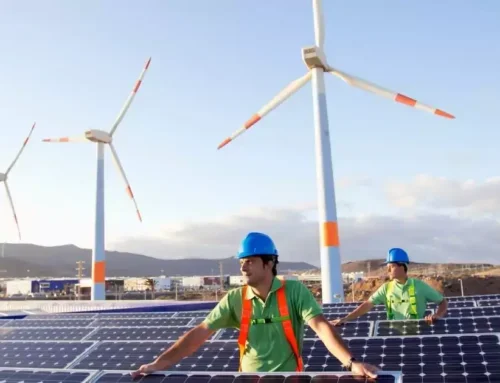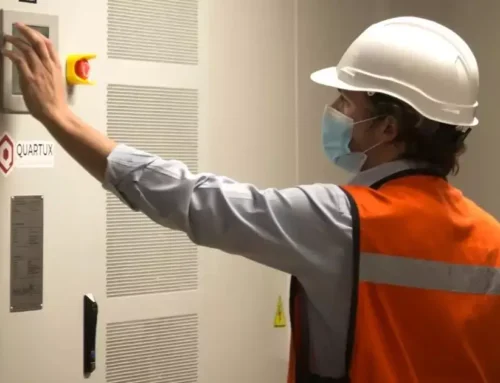Industrial batteries are gaining ground in the market and have made a strong impact as one of the most competitive systems due to the significant benefits they offer in terms of capacity, efficiency, cost savings, and environmental impact.
Electricity Storage and Its Importance
Electricity storage aims to prevent electrical demand from exceeding generation by conserving excess energy to supply it when needed. Storing energy helps balance unforeseen fluctuations and changes in renewable energy loads.
In summary, energy storage systems act as a balance between supply and demand, helping stabilize the electrical grid while meeting the energy consumption needs of users. This process encourages the production, use, and integration of renewable energies, which are essential for achieving the global goal of zero emissions by 2050.
In addition to boosting renewable energies like solar and wind power, energy storage also improves the efficiency of the electrical system and makes the use of clean energy more efficient by preventing wastage. Investing in electric energy storage systems is a significant step humanity is taking towards energy transition.
Hydraulic Pumping Leads the Way… For Now
Among the various energy storage types available today, hydraulic pumping, which involves transporting water from one location to another to store it in a reservoir, is one of the most widely used worldwide. In regions like the European Union, it even accounts for nearly 90% of storage capacity.
In Mexico, this storage method is also one of the main technologies due to its ability to retain large quantities of liquid masses and put them into operation when needed.
However, although hydroelectric dams currently represent the primary storage technology in the country, Latin America, and other parts of the world, industrial batteries are gaining ground in the market and have become one of the most competitive systems due to the significant benefits they offer in terms of capacity, efficiency, cost savings, and environmental impact.
The role played by lithium-ion batteries, whose mass production began in the 1990s, puts them at the forefront of new technological frontiers. Scientific advances and innovations have helped establish lithium-ion batteries as the foundation of the best energy storage systems.
Based on the above, it is safe to say that energy storage in batteries, particularly lithium-ion batteries, is one of the best options with significant opportunities and a very successful future in Mexico and worldwide.
Transitioning to the Future: Lithium-Ion Battery Storage
Lithium-ion batteries have become central to energy transition, with unquestionable technical capacity. Energy storage with lithium-ion industrial batteries, capable of stabilizing the electrical grid and mitigating the intermittency of renewable technologies, is already a reality in our country.
Industrial battery storage systems, like those used on the Quartux platform, are recharged with excess energy produced during low-demand, low-cost periods, which is then supplied quickly and efficiently during peak hours, i.e., the most expensive ones.
These systems are part of a technological innovation process and represent a new energy paradigm that has created new, efficient, sustainable, and profitable ways to store energy.
Switch to the Best Energy Storage System
Lithium-ion batteries are the storage solution of the future. All companies, businesses, industries, and shops, regardless of their sector, can be part of the storage solutions offered by Quartux with its innovative lithium-ion battery system for energy savings and utilization. The ease and speed of installation and scalability are just some of the many benefits of opting for industrial battery energy storage.
The capacity of lithium is invaluable due to its high electrochemical potential. This element can accumulate large amounts of energy, and its possibilities are endless. Therefore, lithium-ion batteries are on track to become the primary storage technology for renewable energies.
While implementation costs were high in recent years, they decreased by 85% between 2010 and 2018 and will continue to decrease in the years to come. Moreover, implementation is entirely profitable, with undeniable short- and long-term benefits, as the investment is quickly recouped through savings on the electricity bill.







